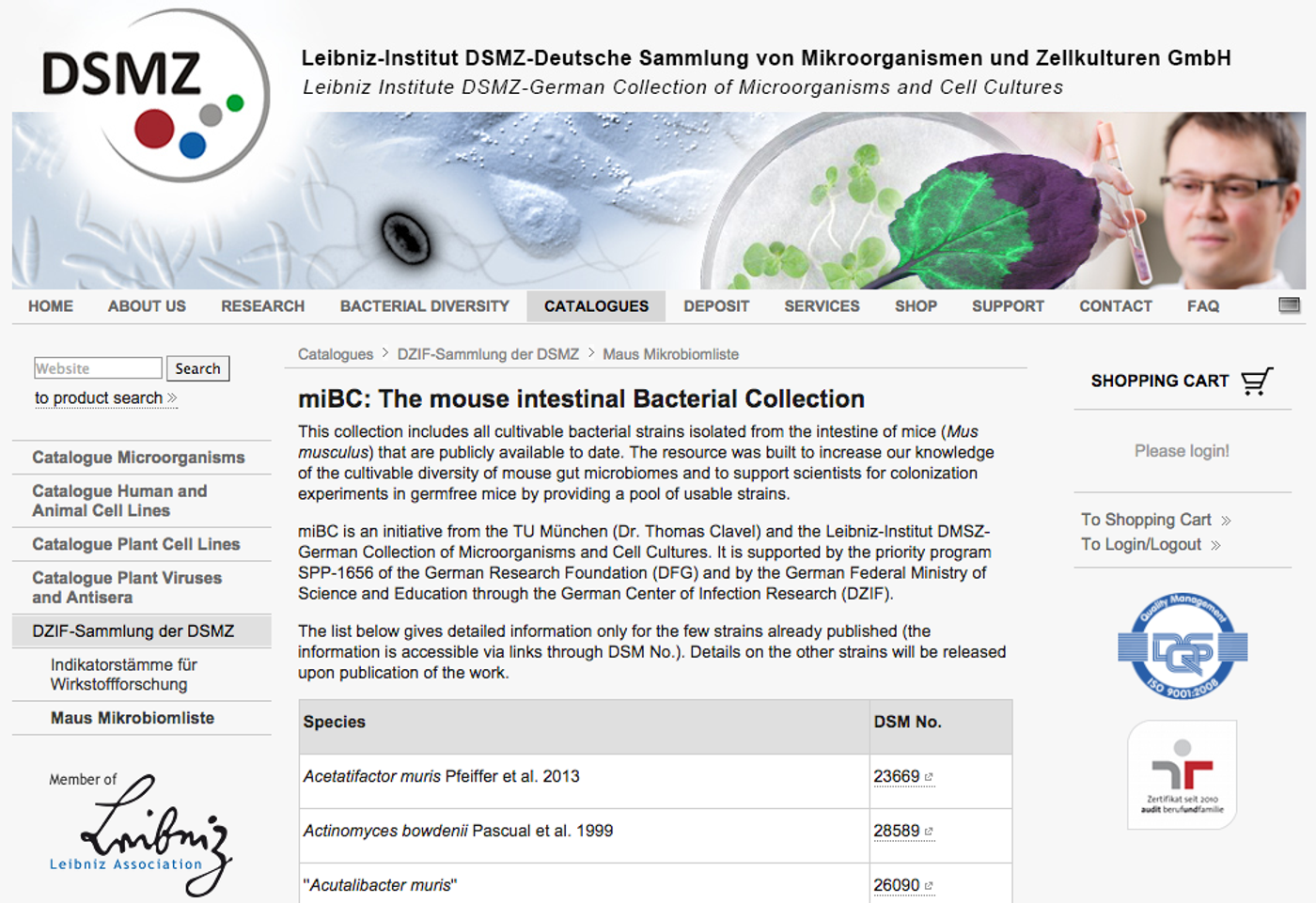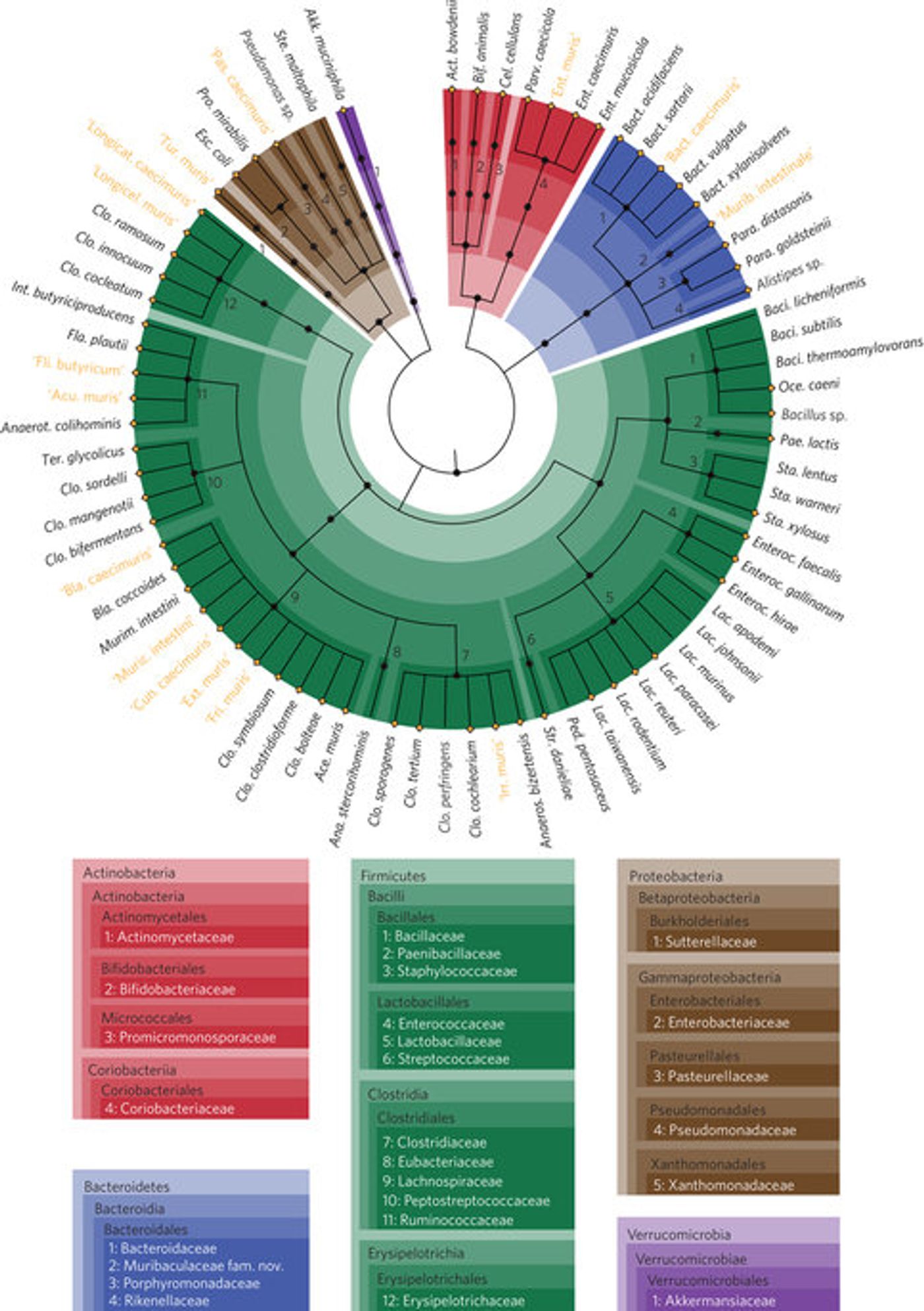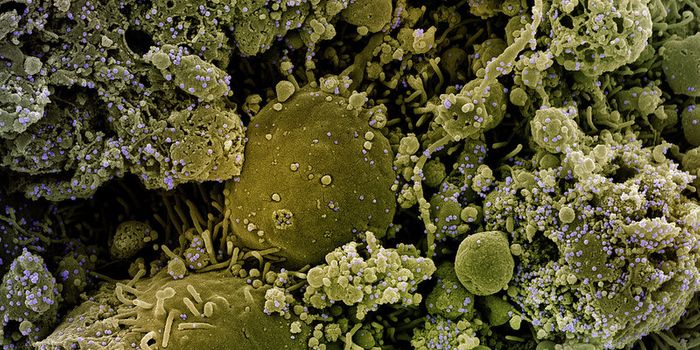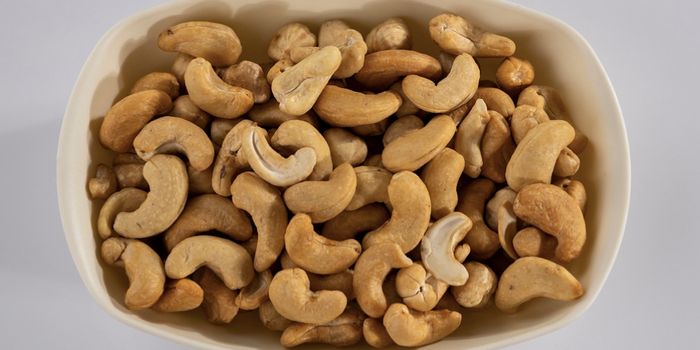The mouse model is a cornerstone of biological research, used in thousands of studies on a huge range of topics. As we learn more and more about the gut microbiome, its critical importance to and influence on health and wellness become increasingly apparent. Yet, there has been no extensive characterization of the mouse microbiome - the community of microbes that lives in the gastrointestinal tract of the mouse. If you’d like to know more about the microbiome, watch the video below.
New
work published in Nature Microbiology and performed by scientists at the Technical University of Munich (TUM) analyzed 1500 cultures, isolating and identifying 76 different species in the process. 15 other species were newly described in the study. Using their work, they have created the publicly available Mouse Intestinal Bacterial Collection (miBC), a repository of bacterial strains and genomes from the gut microbiome of the mouse. You can explore their data collection on
this website.
"The goal of our work was to take a big initial step towards decoding the cultured fraction of gut bacterial communities in mice. There is still a lot left to do. We will be making our work available to scientists around the world and hope that others will also help to find the pieces to complete the puzzle,” said Thomas Clavel from Central Institute for Nutrition and Food Research (ZIEL) at TUM, the senior author of the study.

Mouse models could be just as beneficial in the research of the gut microbiome and its interaction with a host as they are in other areas, but we don’t yet know much about it. There are only a small number of mouse intestinal bacteria that are fully characterized and publicly available. That makes for very limited research for a number of reasons. Researchers that obtain genetic data from a mouse gut microbiome have very little annotated data to compare it to. Another reason is that gut microbiota are very individualized and have a lot of host-dependent variability. There are also different strains of mice that probably have different kinds gut of microbiomes.
While the gut microbiome of mice is similar in a number of ways to the human microbiome, the new study work showed that about 20 percent of the bacterial strains in their group show a preference for living in the intestines of mice.
"Because mouse models are indispensable for preclinical studies, the resource now made available shall contribute to a better understanding of microbe-host interactions and to a higher degree of standardization,” explained Clavel.
"We still have a lot of gaps in our knowledge about gut microbiomes, but with the publicly available database of cultured mouse gut bacteria and their genetic material, we are now a little closer to our goal,” concluded Clavel.
Sources:
AAAS/Eurekalert! via
TUM,
Nature Microbiology










